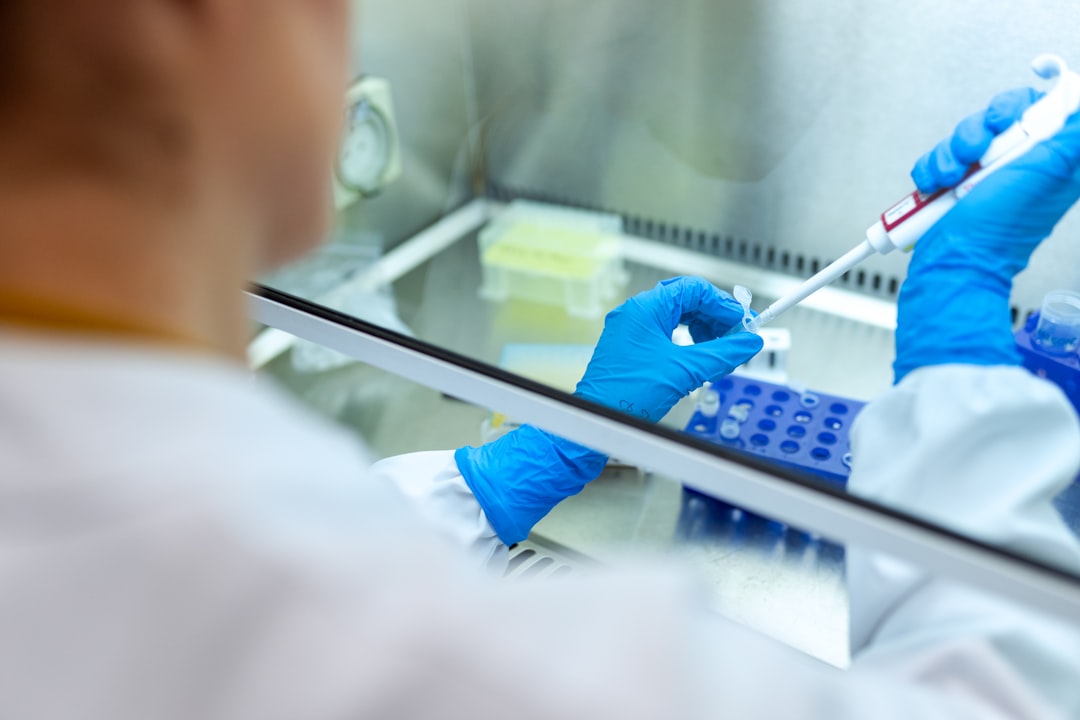What is it about?
A setup to test performance and stability to very high temperatures and in controlled atmospheres for a thermoelectric module with 4 legs and their interconnects.
Featured Image

Photo by yasin hm on Unsplash
Why is it important?
Thermoelectrics provide technology to convert waste heat to electricity and save energy. For high temperature industrial processes, existing thermoelectrics are not stable enough in air, and novel oxide thermoelectrics need be developed. While materials and individual legs can be tested, there has been a lack of a way to test modules at high temperatures. The stability of materials and especially their interfaces and interconnects under operating conditions is critical. The integration of the test setup into a commercially available sample holder system enables development and standardization of a unit available to scientists working with thermoelectrics, especially oxide thermoelectrics for high temperature and operation in air, where standard or commercial products for testing modules have not existed till now.
Perspectives
The development will enable more realistic tests of thermoelectric modules, revealing weaknesses in compatibility between components and effects of large temperature gradients, all leading to stability issues. Based on this, scientists will be able to address the critical materials and interfaces, speeding up development of high temperature thermoelectric devices.
Truls Norby
Universitetet i Oslo
Read the Original
This page is a summary of: Versatile four-leg thermoelectric module test setup adapted to a commercial sample holder system for high temperatures and controlled atmospheres, Review of Scientific Instruments, April 2021, American Institute of Physics,
DOI: 10.1063/5.0032698.
You can read the full text:
Contributors
The following have contributed to this page










